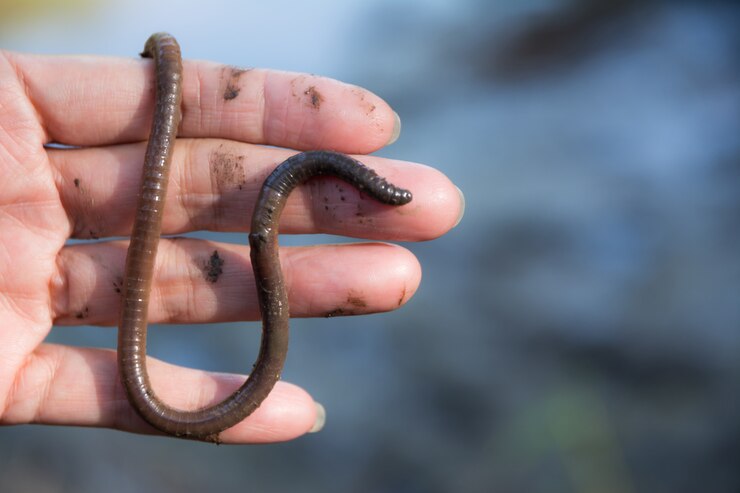Morton’s Disease – Pain in the Forefoot
Morton’s disease means you have pain in the front of the foot. This is because for a long time, a nerve was squeezed between two of the front legs. Then the nerve can be thickened and pinched further.
Read MoreLumpy Foot – PEVA
Klumpfoot is also called PEVA, which is an abbreviation of the Latin name pes equino varus adductus. It is a congenital malformation which means that the heel is turned inwards and the forefoot is directed downwards towards the body’s midline. The heel is also high up while the foot and toes point downwards, so-called tip foot.
Read MoreInward and Outward Feet
Some children walk in or out with their feet. It is mostly due to changes in hip mobility and usually go away by itself over time. Sometimes the forefoot may be twisted so that the toes point inwards. Then stretching exercises are often enough, but sometimes the foot may need to be plastered.
Read MoreHealth Spurs – Pain Under the Heel
Under the foot, in the hollow foot, sits a wide and thick tendon which is an important support. If you overload the tendon, you may get a pain in the tendon attachment under the heel. Occasionally, a build-up of the bone is formed on the underside of the heel. It looks like an X-ray spur, and is therefore called a heel spur.
Read MoreTendinitis
It is common to get sore throats in connection with physical activity such as running or jumping. For example, the pain may come if you have exercised in a different way than you usually do, or when you have trained a little harder than before.
Read MoreWheel Bending and Coughing in Children
Wheel bending means that the distance between the knees is greater than normal. In the case of cobalt, there is an increased distance between the feet. Both wheel bones and cobaltness usually go by themselves.
Read More
Spring Worm
Spring worm is a different “Cork Screw” body intention joined with a paddle tail that is great for Carolina supports, finesse spinning, or light tackle casting.
Read MorePain in the Rectum
Pain in the rectum is quite common and can have several causes. The treatment you receive depends on what caused the trouble.
Read MoreHammer Toe
If you have a hammer toe, one or more toes next to the big toe are curved. The small joints in the toe are bent so that the toe is similar to a hammer. Because it can cause the shoe to rub against the top of the toe, a sore hardening is often formed there, a so-called corn.
Read MoreHallux Valgus – Oblique Big Toe
Hallux valgus means that the big toe is oblique and points towards the other toes. Sometimes the toe joint is also pressed, which causes a lump on the side of the foot. It can make it difficult to find shoes that fit and do not pinch the foot.
Read MoreItching in the Rectum
Itching in or around the rectum is common in both adults and children. The itching may be due to various things, such as the skin around the rectum opening being washed too often, hemorrhoids or tapeworms. It can also itch without any cause. You can relieve the itching in different ways.
Read MoreFoot Problems in Children
In the foot are many small bones, joints and tendons that can cause trouble in the feet and lower legs of children. It can be anything from flat feet that do not need treatment, to deformities that require multiple surgeries and plaster adjustments. Pain in the heel is common and usually transient.
Read MorePeriostitis
You can get pain on the inside of the tibia where muscles and tendons attach if you have overloaded the lower leg. You can do this for example if you run and walk more than usual.
Read MoreOsteoarthritis of the Big Toe
There are cartilages in the body’s joints that give the stature and allow the bones of the skeleton to slide towards each other. Osteoarthritis causes an imbalance between the degradation and the structure of the cartilage.
Read MoreHemorrhoids
Your lower rectum’s bulging veins are haemorrhoids. Hemorrhoids, often known as piles, are enlarged veins in the lower rectum and anus that resemble varicose veins.
Read MoreTrigger Finger in Children
Trigger finger, also called spring finger, is most common in older people but also occurs in infants. It usually turns out that the child can not stretch on the thumb. Occasionally the thumb will lock. This is because the bend tendon to the outer end of the thumb has thickened and hooks itself into the tendon.
Read MoreRSI
Mouse arm is a collective name for various problems that you can get from your hand and arm if you often use a computer mouse.
The problems can manifest in different ways, partly depending on which part of the arm or hand you are in pain, and whether it is muscles, ligaments, tendons or nerves that hurt.
Carpal Tunnel Syndrome
The carpal tunnel is a channel that exists between several legs and a strong ligament in the palm of the hand. Through the canal, an important nerve, the median nerve, and tendons pass to the muscles of the fingers. Carpal tunnel syndrome is caused by nerve constriction when the space has decreased.
Read MoreToo Many Fingers or Toes
It happens that children are born with extra fingers or toes, although it is very unusual. Most often it is due to heredity, but sometimes no underlying cause can be found.
Read MoreFingers and Toes that are not Separated – Syndactyli
Fingers that are not separated belong to the most common deformities in the hand. Children born with finger syndactylia need surgery because it affects the function and growth of the fingers and hands.
Read More